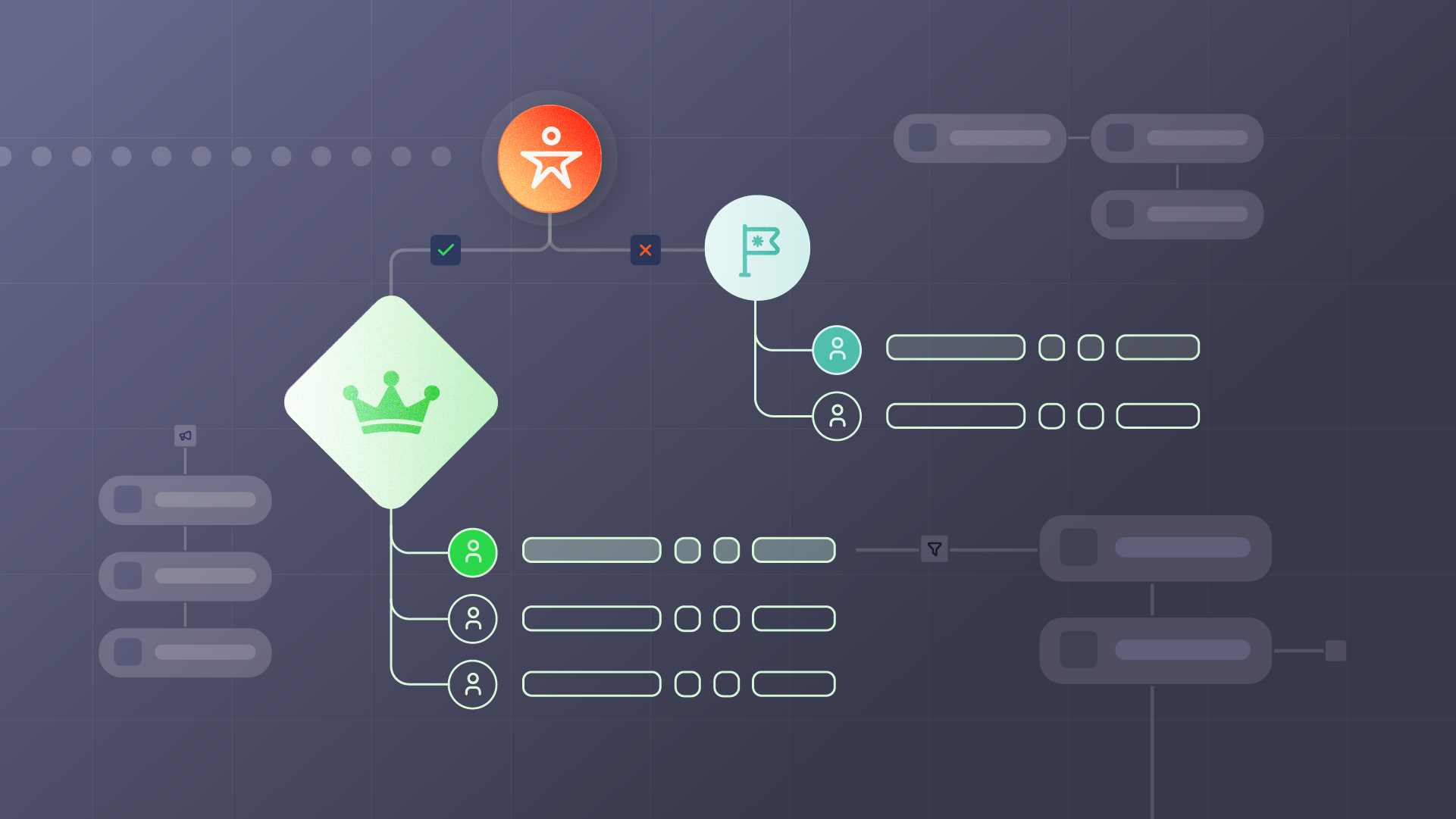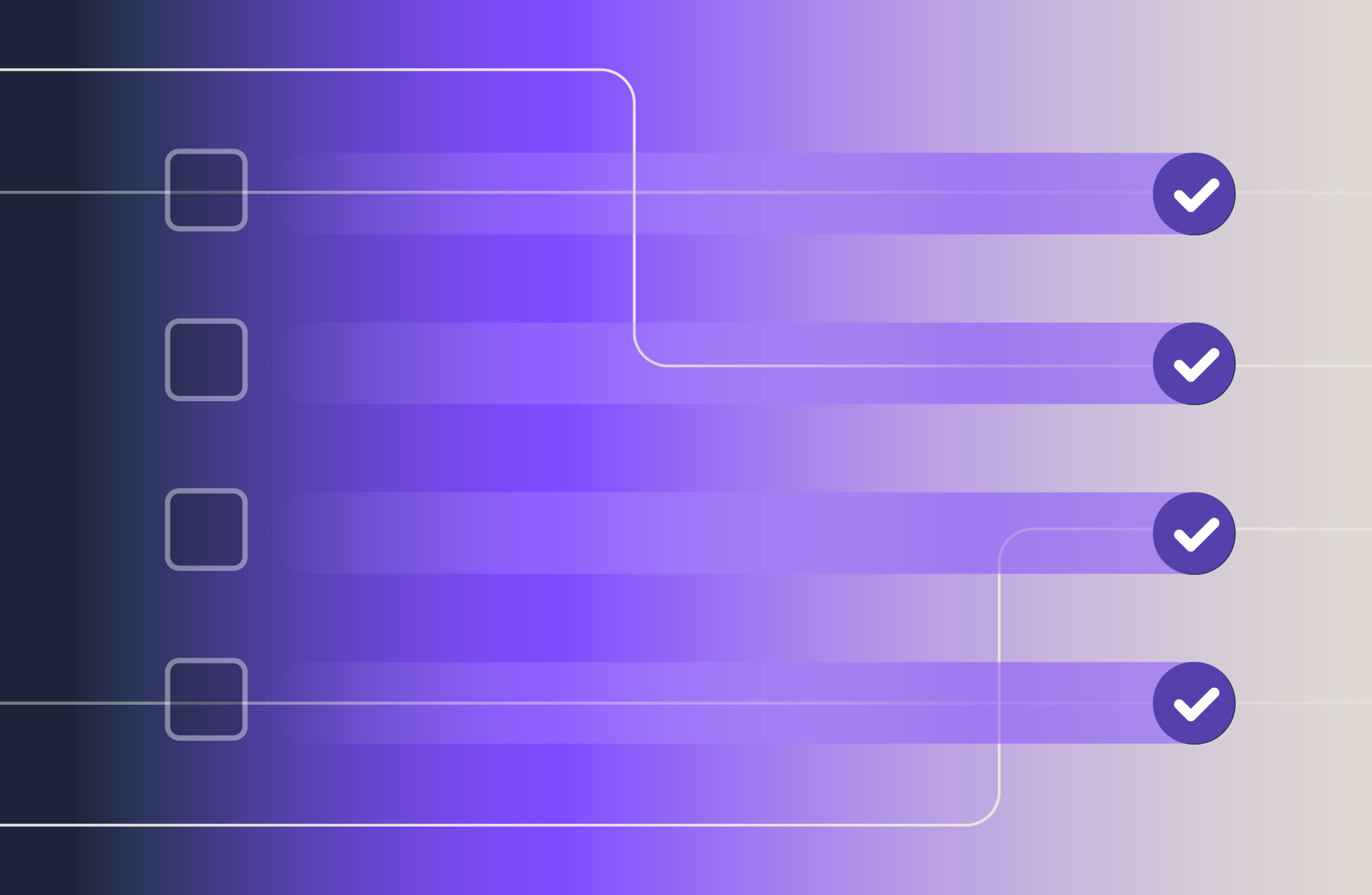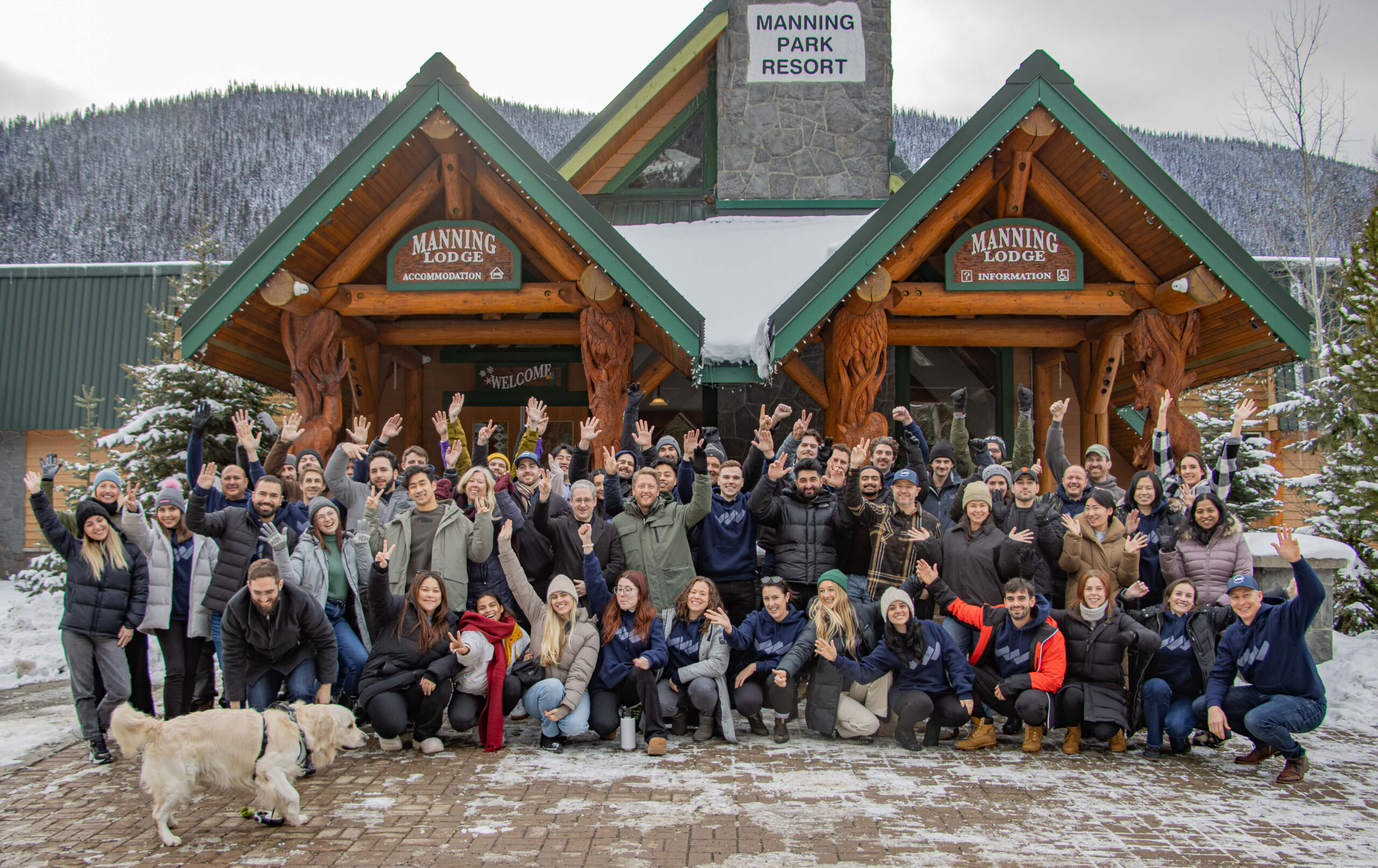If your lead routing software hasn’t scaled with your business, renewing it without scrutiny could be a costly mistake.
RevOps leaders are under constant pressure to improve efficiency, automate processes, and drive revenue — often with fewer resources.
Lead routing is a core part of that equation, but not all solutions keep pace with shifting go-to-market strategies.
Some tools limit flexibility, lack proactive support, or force teams into manual workarounds that slow everything down.
The right lead routing solution should scale with your team, evolve with your GTM strategy, and eliminate manual roadblocks—not create more of them.
If you’re unsure whether your current system is keeping up, start by asking yourself these five critical questions before renewing your lead routing software.
1. Can Your Lead Routing Handle Nested Logic and Multiple Routing Criteria?
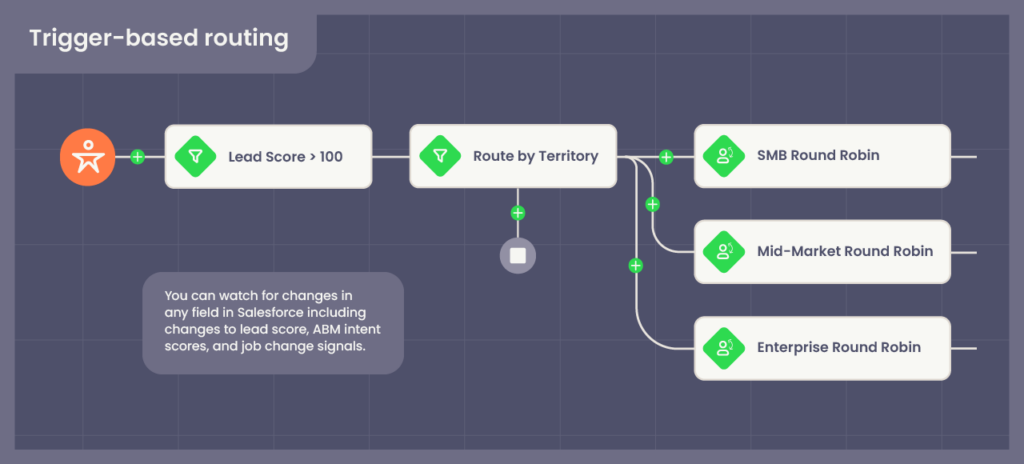
As your business scales, your routing logic needs to account for multiple factors — like territory, product ownership, customer type, and even relationship history.
If your current tool forces you into rigid, one-dimensional rules, it’s slowing you down.
Instead of maintaining separate workflows for every routing scenario, modern lead routing solutions should support nested logic — empowering you to build multi-layered flows that mirror the complexity of your GTM strategy.
Where most lead routing tools fall short
Many lead routing tools struggle to handle the real-world complexity of sales assignments, leading to:
- Fragmented workflows that break at scale. Many tools require separate flows for every routing condition, making it difficult to scale and modify logic without breaking existing rules.
- Rigid rule-based systems that limit flexibility. Standard round-robin or simple territory-based assignments fail when leads need to be assigned based on multiple conditions, like region, industry, and product interest.
- Static workflows that slow response times. If every change requires manual updates from a Salesforce Admin, routing logic quickly falls behind your evolving GTM motions.
- Decision trees that can’t handle complex assignments. Reps may receive leads that don’t align with their expertise, reducing conversion rates and creating inefficiencies in the sales process.
Case Study: Veracode
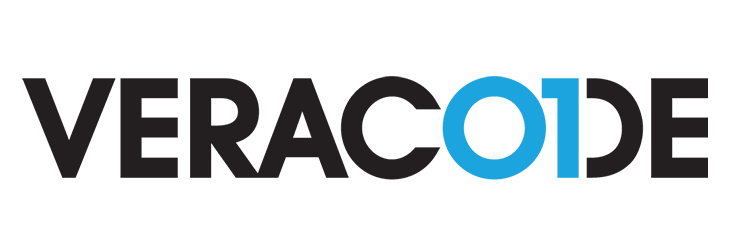
As a global leader in application security, Veracode needed a highly specific lead assignment system to ensure reps received the right leads based on territory, industry, and account status.
But as the company scaled, their 900+ individual routing rules became a major bottleneck, grinding performance to a halt and causing frequent Apex CPU limit errors.
With so many nested rules and workflows firing at once, lead assignments consumed excessive processing power, often exceeding Salesforce’s CPU governor limits. This meant:
- Routing failures that delayed follow-ups. Leads weren’t assigned in real time, forcing reps to wait for manual intervention.
- IT fire drills to troubleshoot errors. Admins had to constantly rework flows to keep assignments running, taking time away from more strategic initiatives.
- Sales disruptions that slowed pipeline velocity. Reps were left waiting on assignments, impacting response times and conversion rates.
To fix these issues, Veracode ditched its rigid, code-heavy routing system and switched to a no-code, drag-and-drop solution with nested logic. This allowed them to:
- Eliminate rule sprawl. Consolidating routing conditions into structured flows without breaking Salesforce.
- Reduce IT reliance. Empowering RevOps leaders to make updates instantly without Salesforce Admin or IT support.
- Prevent CPU overload. Optimizing routing performance so assignments happened in real time, without system slowdowns.
What to look for in a 2025-ready lead routing system
Your lead routing tool should be able to:
✅ Support nested flows — allowing you to apply multiple routing conditions within a single, manageable structure.
✅ Reference multiple Salesforce objects — routing decisions should factor in accounts, opportunities, past interactions, and hierarchy relationships.
✅ Dynamically adapt to GTM changes — so you can modify rules without relying on IT or breaking existing workflows.
✅ Provide visibility into routing logic — so you can diagnose and refine routing rules without guesswork.
✅ Offer a no-code, drag-and-drop UI — so teams can modify routing logic without needing a Salesforce Admin or developer.
2. Can Your System Scale Without Slowing Down Lead Assignment?
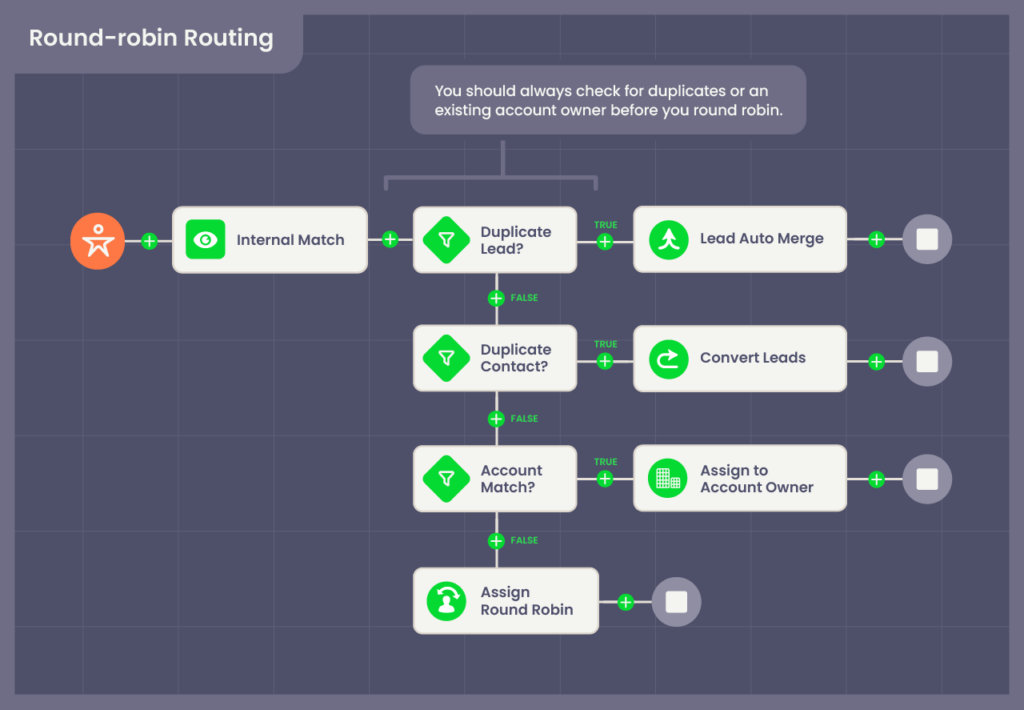
A growing sales team and increasing lead volume shouldn’t mean slower response times or system overloads.
If your lead routing software struggles to keep up, it’s costing you revenue.
When lead volume spikes, outdated systems can create processing delays, routing failures, and operational bottlenecks — all of which slow down follow-ups and hurt conversion rates.
Where most lead routing tools fall short
Many systems weren’t designed to handle high lead volumes, resulting in:
- Routing delays. Leads sit unassigned for too long, missing SLA targets.
- Backlogged queues. Some tools can’t process leads in real time, forcing them into waiting lists.
- Manual intervention requirements. Some systems require batch processing or periodic reassignments, creating gaps where leads sit unworked.
- Scaling limitations. As your team grows, some tools struggle with expanding territories, new sales motions, and increased lead volume, requiring constant manual workarounds to prevent slowdowns.
Case Study: Cisco

Networking, security, and cloud solutions enterprise Cisco experienced significant lead assignment delays and manual backlog processing.
With a global sales team handling a high volume of inbound leads, their legacy lead routing tool relied on manual data loads and record-by-record updates in Salesforce, which created significant operational inefficiencies.
These manual bottlenecks culminated in:
- Time-consuming territory updates. Reassigning territories took weeks instead of minutes, delaying rep productivity.
- Missed opportunities. Accounts often sat unassigned due to outdated rep coverage, leading to revenue leakage.
- High risk of human error. Each update involved multiple spreadsheets and manual data entry, increasing human-error and misassignment risks.
- Scaling limitations. As Cisco grew, manually managing thousands of accounts was simply impossible at scale.
Cisco needed a real-time, automated routing solution to scale with their evolving go-to-market strategy.
By implementing a 100% Salesforce-native lead routing system, they could now:
- Automate lead reassignment. Whenever a territory changed, all incoming leads go to the correct rep instantly.
- Ensure leads never sat idle. By dynamically updating ownership records, leads were always assigned to an active rep in real time.
- Eliminate admin bottlenecks. Sales Ops no longer had to manually adjust assignments, freeing them up for higher-priority revenue tasks.
But scaling lead routing isn’t just about handling more volume — it’s about preparing for the future of complex GTM strategies and AI-powered selling.
As businesses expand, add new sales motions, and introduce AI-driven processes, manual routing and rigid workflows will only create inefficiencies that slow revenue growth.
By automating lead assignment and ensuring real-time updates, Cisco has laid the foundation for AI-powered solutions like Agentforce. Their fully automated system ensures that lead ownership stays accurate, sales teams remain agile, and every lead is routed with precision — without needing manual intervention.
And with Complete Hierarchies supporting automated territory reassignment, Cisco also enjoys improved lead-to-account accuracy. Now, their reps always receive the right leads based on the most up-to-date territory and account ownership.
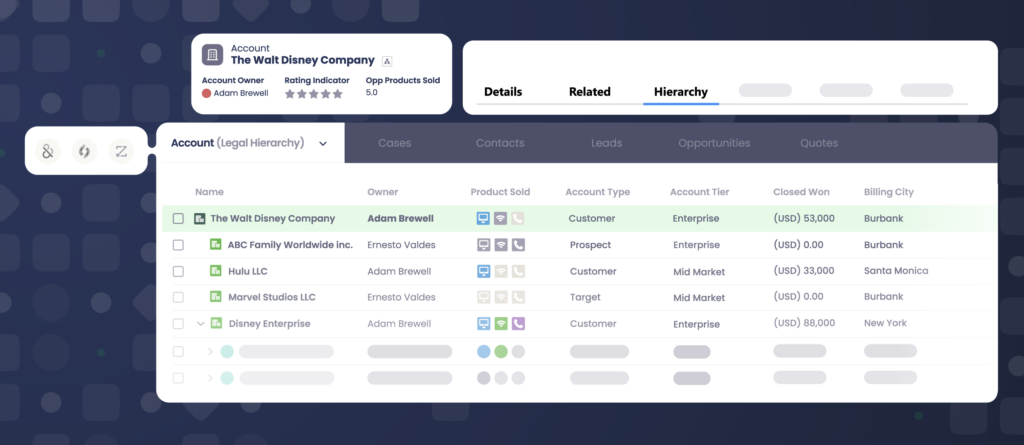
What to look for in a 2025-ready lead routing system
Your lead routing tool should be able to:
✅ Handle high-volume processing — route thousands of leads per day without performance degradation
✅ Enable bulk lead reassignment — instantly redistribute leads when territories shift or reps leave, without bottlenecks
✅ Deliver real-time routing — ensure leads assignment within seconds to maintain speed-to-lead efficiency
✅ Prevent backlogged assignments — by processing leads as they come in instead of relying on scheduled batches.
3. Does Your Lead Routing Tool Enforce SLA Compliance and Speed-to-lead?
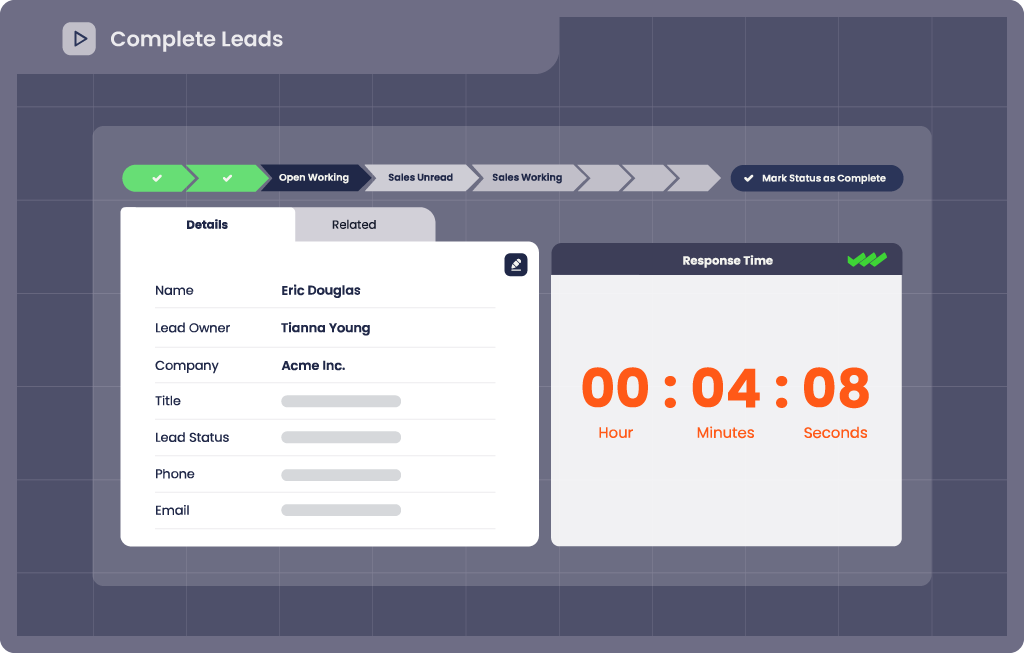
When a lead comes in, every minute matters. In fact, studies show that engaging with a lead within the first five minutes makes them 8 times more likely to convert.
But if your lead routing system doesn’t prioritize speed or enforce SLAs, leads can sit idle — allowing your competitors to reach them first.
A modern lead routing system should not only assign leads in real-time but also track response times and ensure reps follow up within defined SLAs.
Bottom line: If your current tool lacks built-in SLA timers, response tracking, and auto escalation rules, it’s costing you pipeline and revenue.
Where most lead routing tools fall short
Many systems lack built-in SLA tracking and response-time monitoring, leading to:
- Delayed responses. Without SLA enforcement, reps may take too long to follow up, reducing conversion rates.
- No visibility into rep performance. Poor visibility means you can’t track response times or identify bottlenecks.
- Manual escalation processes. If a rep doesn’t act on a lead, there’s no automated escalation to another rep.
- Limited prioritization logic. Hot, high-intent leads aren’t always routed first, leading to missed opportunities.
Case Study: Kantata

Kantata, a leader in professional services automation, struggled with slow lead response times, especially after events. Their old process required manual lead list uploads and rep assignments, often taking several days to finalize.
By switching to an automated lead routing solution with SLA timers, Kantata was able to:
- Reduce lead response time from days to hours. Instead of manually processing event lists, leads were now automatically routed the moment they entered Salesforce, ensuring reps engaged while interest was high.
- Track response times directly on the lead record. Sales managers gained complete visibility into how quickly reps followed up, allowing them to enforce accountability and optimize performance.
- Prevent stalled leads from slipping through the cracks. Multi-SLA timers monitored unworked leads and triggered alerts via Slack and email if reps didn’t engage on time. If still unworked, leads were automatically reassigned to the next available rep or escalated to a manager.
With help from Complete Leads, Kantata can now ensure hot leads are always prioritized and allow sales managers to monitor speed-to-lead performance directly within Salesforce without relying on spreadsheets or manual oversight.
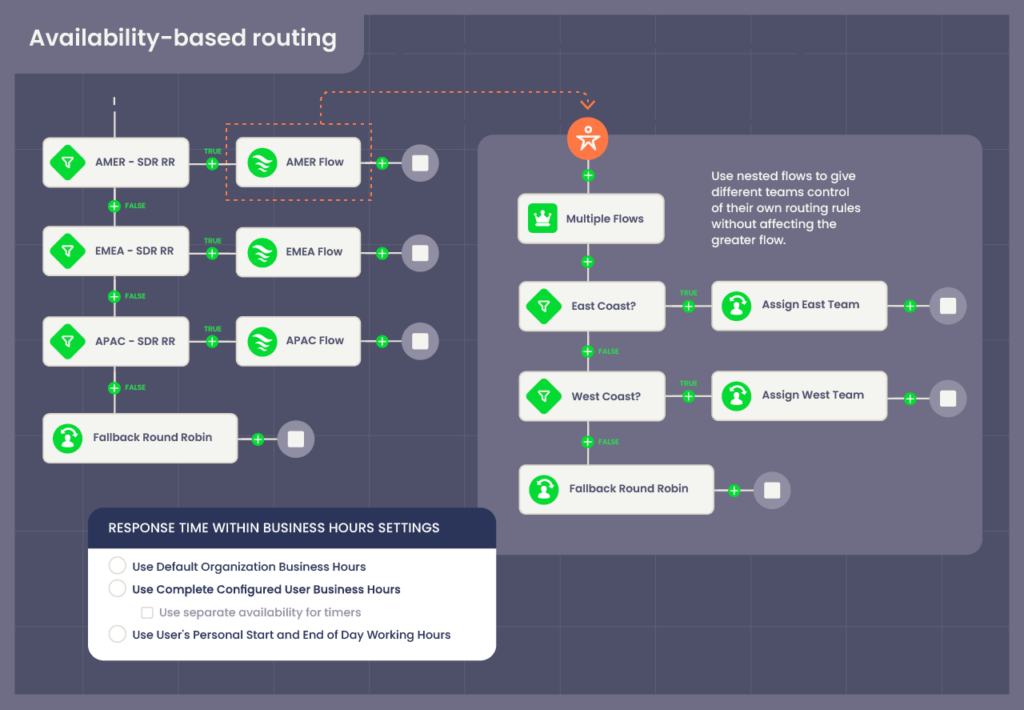
What to look for in a 2025-ready lead routing system
Your lead routing tool should be able to:
✅ Assign leads instantly — ensuring real-time routing so no lead sits idle.
✅ Enforce SLAs with response timers — tracking the time between lead creation and first engagement.
✅ Auto-escalate unworked leads — if a rep doesn’t engage within the SLA, the system should automatically reassign the lead.
✅ Track response times across reps and teams — to gain visibility into performance bottlenecks.
4. Is Your Lead Routing 100% Salesforce-native, Or Are You Managing Another Integration?
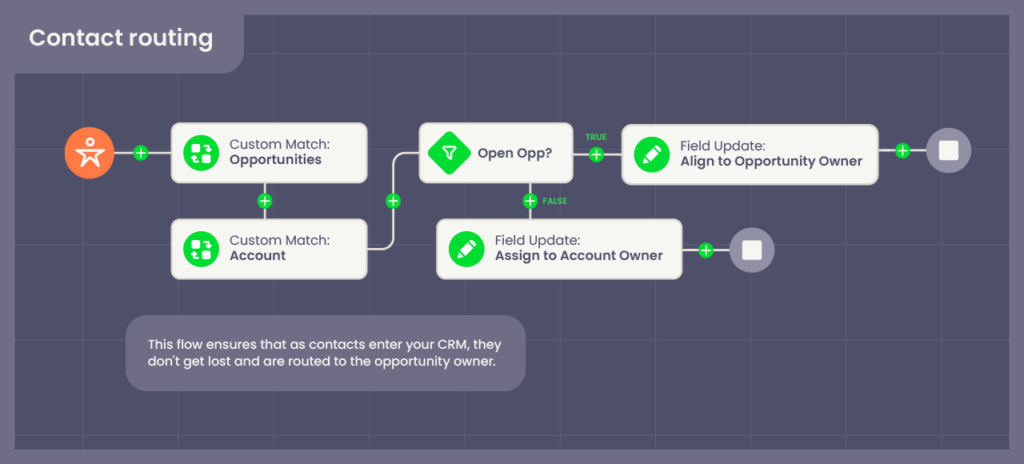
When lead routing software isn’t built natively within Salesforce, you’re introducing an extra layer of complexity — one that requires API maintenance, ongoing integration management, and potential data sync issues.
If your current routing tool relies on external platforms, you might be wasting time fixing broken connections instead of optimizing sales processes.
A 100% Salesforce-native lead routing solution eliminates these challenges by ensuring that all lead assignments, SLA tracking, and reporting happen directly within Salesforce — without additional integrations or middleware.
Where most lead routing tools fall short
Some lead routing solutions might look good on paper, but if they aren’t Salesforce-native, they introduce several challenges:
- Syncing issues create lag. External tools rely on API calls, meaning lead data may not be up to date in real time.
- Routine integration maintenance. Your RevOps and IT teams need to constantly monitor and troubleshoot API connections.
- Increased data security risks. Since data leaves Salesforce, you have to manage compliance concerns around external storage.
- Limited flexibility. Many external tools don’t integrate as deeply with Salesforce objects like accounts, opportunities, and custom hierarchies.
Case Study: Copado

Copado — a leading DevOps platform for Salesforce — struggled with integration issues in their lead routing process. Their previous routing system depended on a third-party routing tool that led to:
- Frequent sync delays that slowed lead assignment. Because the routing tool operated outside of Salesforce, it required data to sync between platforms before assigning leads. This created a significant lag in response times, and by the time reps received a lead, it was already cold.
- Constant troubleshooting from Sales Ops and IT. Integration misfires and data mismatches between the routing tool and Salesforce caused frequent assignment failures.
Sales Ops had to manually fix lead ownership to prevent valuable prospects from slipping through the cracks, consuming time that could have been spent optimizing processes. - Rigid routing logic that couldn’t adapt to real-time account and territory updates. Since the tool wasn’t built natively in Salesforce, it couldn’t reference live account data — forcing Sales Ops to manually adjust assignments whenever an account owner changed or a new opportunity was created.
But by switching to Complete Leads, a 100% Salesforce-native lead routing system, Copado was able to:
- Eliminate sync delays and ensure real-time lead assignment. Because Complete Leads operates entirely within Salesforce, lead assignments now happen instantly, without relying on external API syncs. Reps receive leads the moment they enter the system, allowing them to engage prospects while interest is high.
- Gain full control over routing logic without IT reliance. Previously, every routing adjustment required IT intervention to fix API issues or reconfigure integrations. Now, Copado can update, test, and deploy routing changes directly within Salesforce, making the system more agile and reducing downtime.
- Improve lead-to-account accuracy with real-time data. Copado now assigns leads based on live account ownership, open opportunities, and territory updates, preventing misrouted leads and ensuring sales reps always work with the most relevant prospects.
What to look for in a 2025-ready lead routing system
✅ Eliminate API dependencies — ensuring lead assignment happens natively within Salesforce, with no external syncing required.
✅ Ensure data security & compliance — keeping all lead data within Salesforce prevents GDPR, SOC 2, and other compliance concerns.
✅ Integrate seamlessly with Salesforce objects — so routing decisions can factor in leads, accounts, opportunities, and hierarchies in real time.
✅ Allow real-time rule updates — without waiting for an external platform to sync changes.
5. Does Your Lead Routing Solution Account For Parent-child Relationships and Account Ownership?
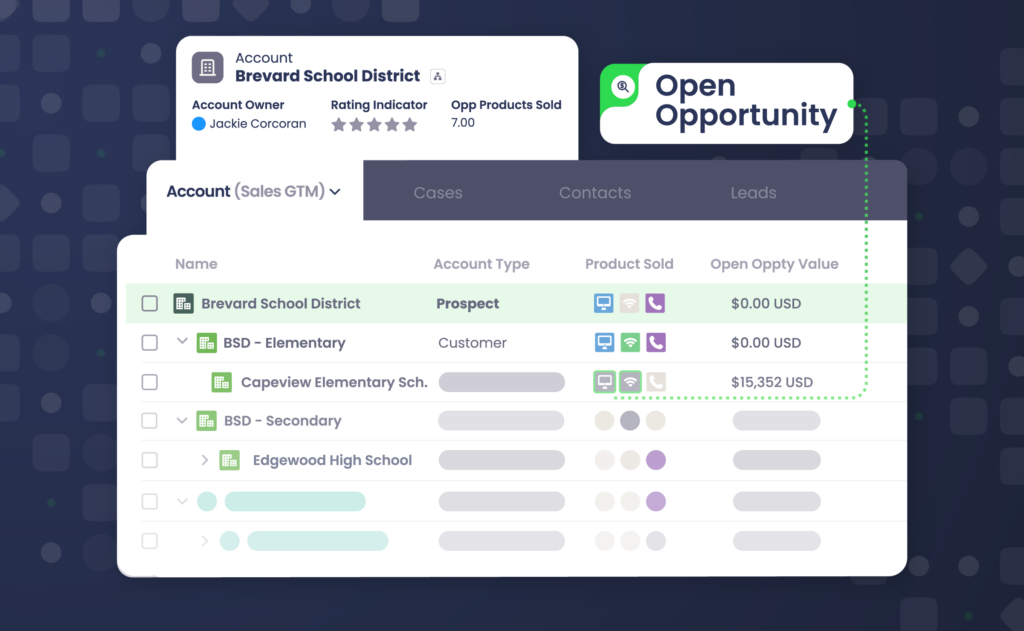
Not all leads should be treated as net new.
For large and enterprise organizations, leads can come from subsidiaries, regional offices, and divisions that are part of a larger parent company structure.
And if your lead routing system doesn’t recognize these parent-child relationships, you risk:
- Sending the wrong rep after the lead. Wasting time and creating confusion if a different sales team already owns the account.
- Fractured account engagement. Multiple reps unknowingly reaching out to different divisions of the same company, leading to disjointed messaging.
- Missed upsell and expansion opportunities. Failing to capitalize on existing relationships within a corporate family.
Case Study: Zoom

Global telecommunications leader Zoom needed to streamline lead assignments across its complex account hierarchies.
With enterprise customers spanning multiple divisions and subsidiaries, they faced:
- Leads going to the wrong reps. Subsidiary leads were treated as net-new instead of being routed to the parent account owner.
- Siloed sales outreach. Reps were reaching out to different branches of the same company without coordinating efforts.
- Inconsistent account visibility. Teams lacked a clear view of relationships between parent companies and their subsidiaries, making it harder to manage strategic accounts.
But by implementing hierarchy-based lead-to-account matching, Zoom was able to:
- Automatically link incoming leads to the correct account and rep. Instead of treating every lead as net-new, leads were matched to existing accounts based on ownership, open opportunities, and corporate hierarchy.
- Improve coordination across sales teams to prevent duplicate outreach. With clear visibility into parent-child account relationships, sales teams avoided conflicting outreach to different branches of the same company, creating a more seamless buying experience.
- Unlock upsell and expansion opportunities within enterprise accounts. By surfacing related subsidiaries and linked accounts, reps could proactively engage other business units where Zoom already had a presence, increasing deal size and renewal potential.
What to look for in a 2025-ready lead routing system
Your lead routing tool should be able to:
✅ Match leads to the right level within an account hierarchy — Not just the parent account, but the most relevant division, subsidiary, or business unit
✅ Ensure leads go to the right rep based on ownership rules — Preventing lead conflicts and keeping outreach coordinated.
✅ Provide visibility into account relationships — So reps can see how a lead fits into the broader organization before engaging.
Is Your Lead Routing System Ready for 2025 and Beyond?
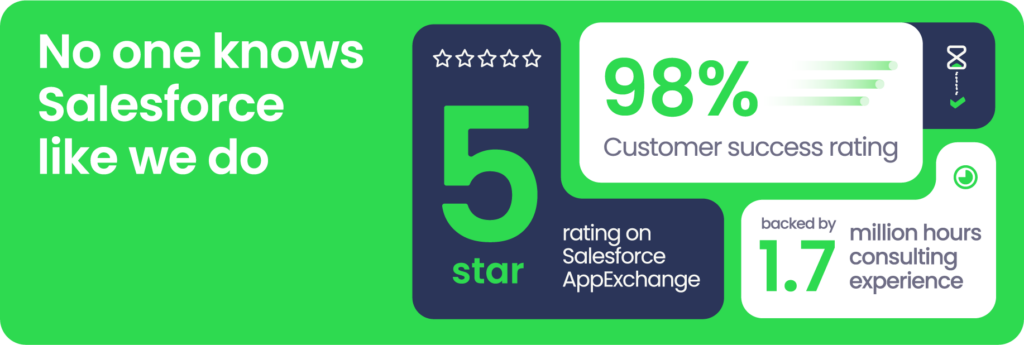
As seen in our case studies with Veracode, Cisco, Kantata, Copado, and Zoom, outdated routing systems often lead to slow lead assignments, misrouted leads, and missed opportunities — all of which create friction in your sales process.
Modern businesses and RevOps teams need a lead routing solution like Complete Leads that moves as fast as they do — one that can:
| ✅ Support nested flows | ✅ Assign leads instantly |
| ✅ Reference multiple Salesforce objects | ✅ Enforce SLAs with response timers |
| ✅ Dynamically adapt to GTM changes | ✅ Auto-escalate unworked leads |
| ✅ Provide visibility into routing logic | ✅ Eliminate API dependencies |
| ✅ Offer a no-code, drag-and-drop UI | ✅ Ensure data security & compliance |
| ✅ Handle high-volume processing | ✅ Integrate seamlessly with Salesforce objects |
| ✅ Enable bulk lead reassignment | ✅ Allow real-time rule updates |
| ✅ Deliver real-time routing | ✅ Match leads to the right level within an account hierarchy |
| ✅ Prevent backlogged assignments | ✅ Ensure leads go to the right rep based on ownership rules |
| ✅ Scale with your business and AI-powered tools like Agentforce | ✅ Provide visibility into account relationships |
But lead routing isn’t just about the bells and whistles — it’s also about the partner behind it.
Before locking in another year with your current vendor, it’s worth asking the following questions:
Has your vendor helped you optimize your routing strategy throughout the year, or do they only surface at renewal time?
Are they proactively working with you to improve performance, or have you been left to deal with inefficiencies on your own?
If you’ve seen rising costs but little added value, it’s time to question whether your system — and your vendor — are truly set up to scale with your business.
Don’t settle for outdated routing that slows your revenue engine.
Book a demo with Traction Complete today and see how a Salesforce-native, AI-ready routing system can help you scale smarter, respond faster, and drive more revenue in 2025 and beyond.



